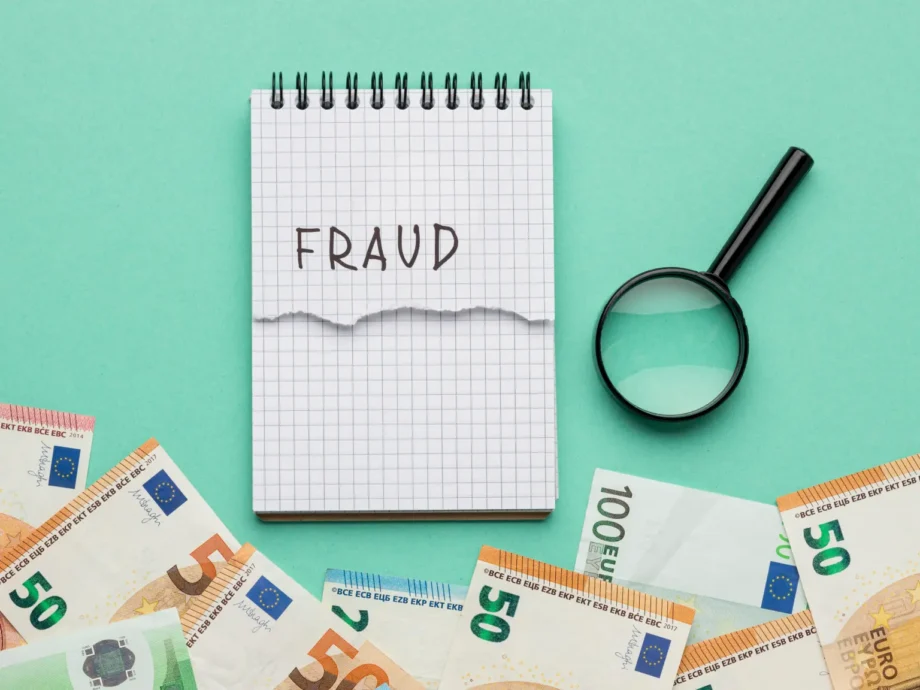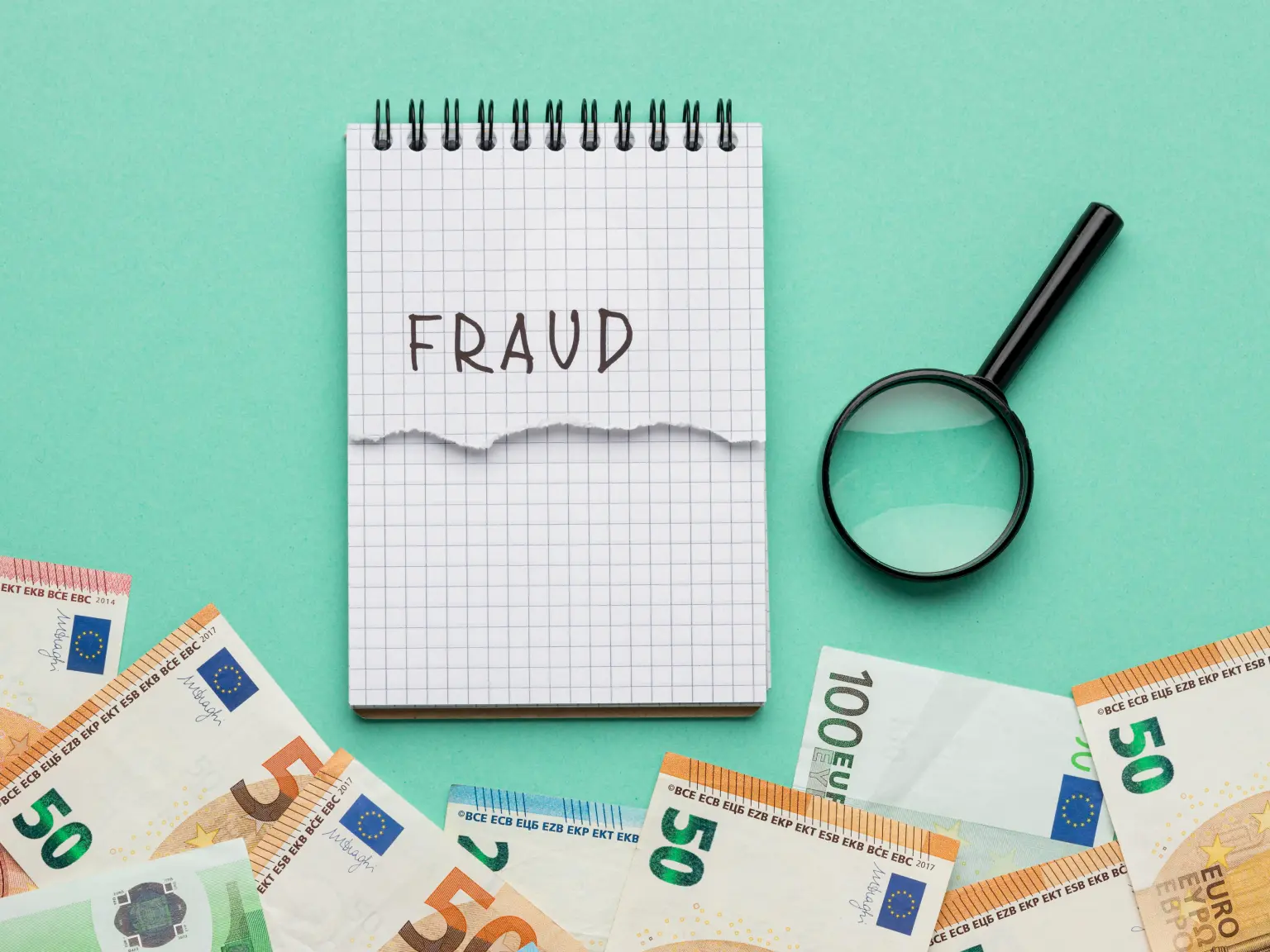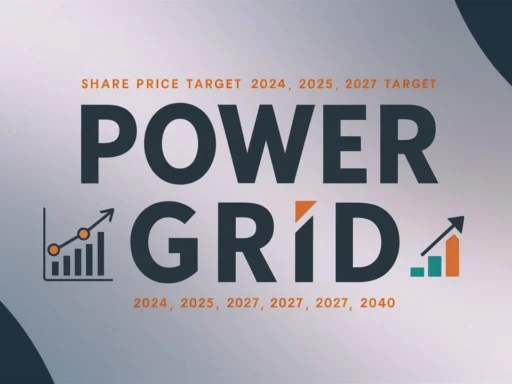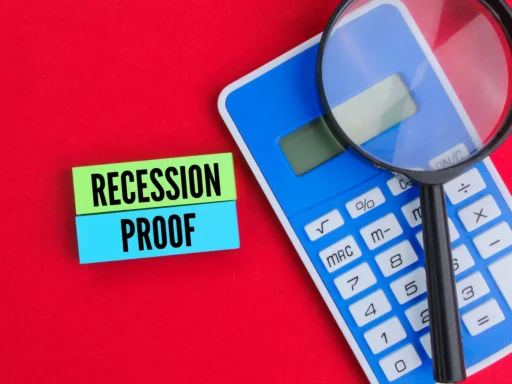Introduction: Don’t Let Your Hard-Earned Cash Disappear!
Ever check your bank account and see a strange charge? You’re not alone. Payments fraud is skyrocketing! A recent study found a shocking 80% of businesses were targeted in 2023.
Payments fraud is when someone illegally steals your money or accesses your accounts. This can be anything from credit card theft to fake invoices. It’s a threat to both businesses and consumers.
But the good news is, with awareness, you can significantly reduce your risk. This blog post will expose the tricks fraudsters use, teach you how to spot them, and empower you to protect your finances. Let’s fight back against payments fraud!
Why Payments Fraud is Booming
So, why are these fraudsters busier than ever? It turns out, a few things are working in their favor:
- E-commerce Boom: More and more people are shopping online these days. This creates a massive target for fraudsters, who can easily lurk in the shadows of the internet.
- More Online Transactions: Forget cash and checks! We’re swiping, tapping, and clicking our way through payments. This convenience, however, makes it easier for criminals to intercept transactions if proper security measures aren’t in place.
- Cunning Criminals: Let’s face it, fraudsters are getting smarter. They’re developing ever-more sophisticated hacking techniques to steal your information. This can include malware that infects your devices or phishing emails that look like they’re from legitimate sources.
The impact of payments fraud is a double whammy. Businesses lose money from fraudulent transactions, and consumers can have their hard-earned cash stolen. Additionally, both parties have to deal with the hassle and stress of resolving the issue.
Don’t Fall for These Sneaky Scams!
Fraudsters love tricks, but you can be trickier! Here are some common scams:
- Phishing Emails: Ever get an urgent email from your “bank” with a fishy link? It’s a trick to steal your login info. Don’t click!
- Fake Websites: Amazing deals on a website that looks real? Double-check the address before you pay. Fake sites steal your info.
- Social Engineering: A scammer might call posing as customer service, trying to pressure you for personal info. Don’t give in! Real companies won’t do this.
Spot the Traps:
- Unsolicited Contact: Got a surprise call or email asking for financial info? It’s a scam!
- Grammar Goofs: Phishing emails often have typos and bad grammar. Legit emails from your bank won’t.
- Unrealistic Offers: Deals that seem too good to be true? They probably are. Be wary of anything fishy.
By recognizing these tricks, you can outsmart scammers and keep your finances safe.
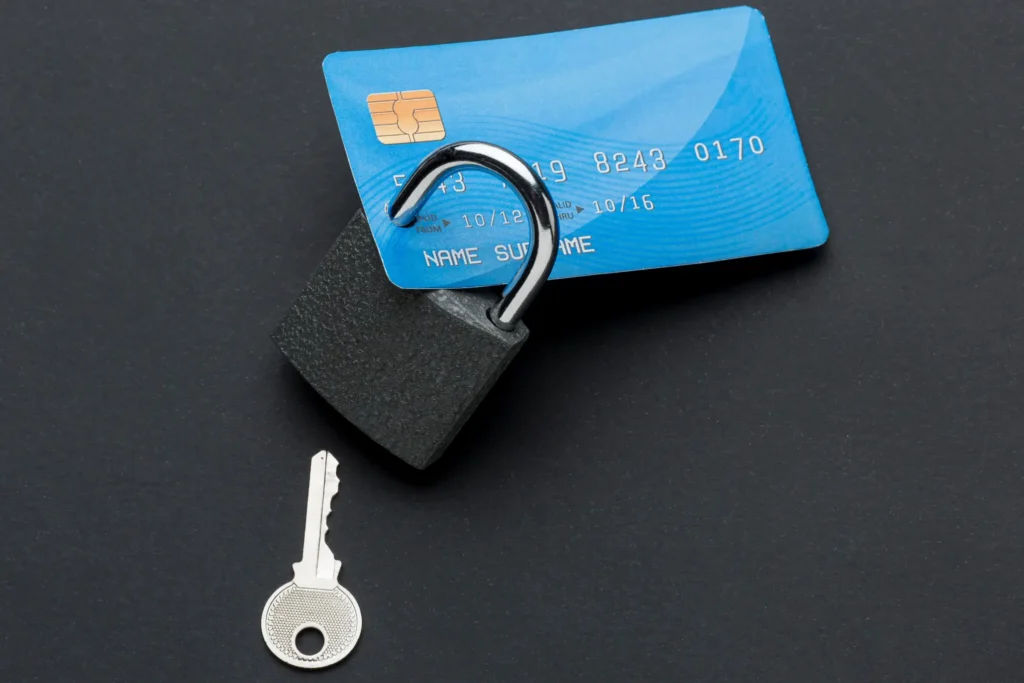
Fight Back! Protecting Yourself from Fraud
Knowledge is power, but how do we translate that into action? Here’s how you can fortify your defenses against payments fraud:
Consumer Champions:
- Password Power: Strong, unique passwords are your first line of defense. Don’t use birthdays or pet names! Consider a password manager to create and store complex passwords.
- Two-Factor Tango: Enable two-factor authentication (2FA) whenever possible. This adds an extra layer of security by requiring a code from your phone or email in addition to your password.
- Software Savvy: Keep your software (operating system, antivirus, etc.) updated with the latest security patches. These updates often fix vulnerabilities that fraudsters can exploit.
Business Barricade:
While consumers have their part to play, businesses also need a robust security system:
- Employee Education: Train your staff to recognize and report suspicious activity. Phishing emails can target employees too!
- Data Encryption: Encrypt sensitive customer information to make it unreadable in case of a breach.
- Fraud Fighter Systems: Implement fraud monitoring systems that can detect unusual transactions and flag potential fraud attempts.
By working together, consumers and businesses can create a stronger defense against the ever-evolving threat of payments fraud.
Don’t Panic! What to Do if Scammed
Even the most cautious can fall victim. But here’s the good news: there are steps to take if you suspect fraud:
- Act Fast: If you see a suspicious transaction, contact your bank or financial institution immediately. They can freeze your account and help you recover any lost funds.
- Report the Crime: Don’t let the scammer win! Report the scam to the authorities. This helps them track down the criminals and prevent others from falling victim. You can usually file a report online with your local law enforcement or the Federal Trade Commission (https://www.identitytheft.gov/).
Help is Available:
You’re not alone in this fight. Many resources can help victims of payments fraud:
- Government Agencies: Government agencies like the Consumer Financial Protection Bureau (https://www.consumerfinance.gov/) offer resources and assistance to victims of fraud.
- Consumer Protection Groups: Consumer protection groups can also provide guidance and support. Consider contacting organizations like the National Consumers League (https://nclnet.org/) for help.
Remember, the quicker you act, the better your chances of recovering your funds and minimizing the damage. By following these steps and seeking help, you can overcome this challenge.
Conclusion: Fight Fraud, Stay Safe!
Payments scams are on the rise, but you can win this fight! Here’s the quick recap:
- Fraudsters are getting clever, targeting both consumers and businesses.
- Watch out for phishing emails, fake websites, and social engineering tricks.
- Consumers: strong passwords, 2FA, and software updates are your weapons.
- Businesses: train staff, encrypt data, and use fraud monitoring systems.
Stay informed, stay vigilant! Don’t let a click or call cost you.
Share this knowledge! Spread the word to friends and family. Want more security tips? Subscribe for our blog updates!
Together, let’s outsmart scammers and keep our finances safe.
